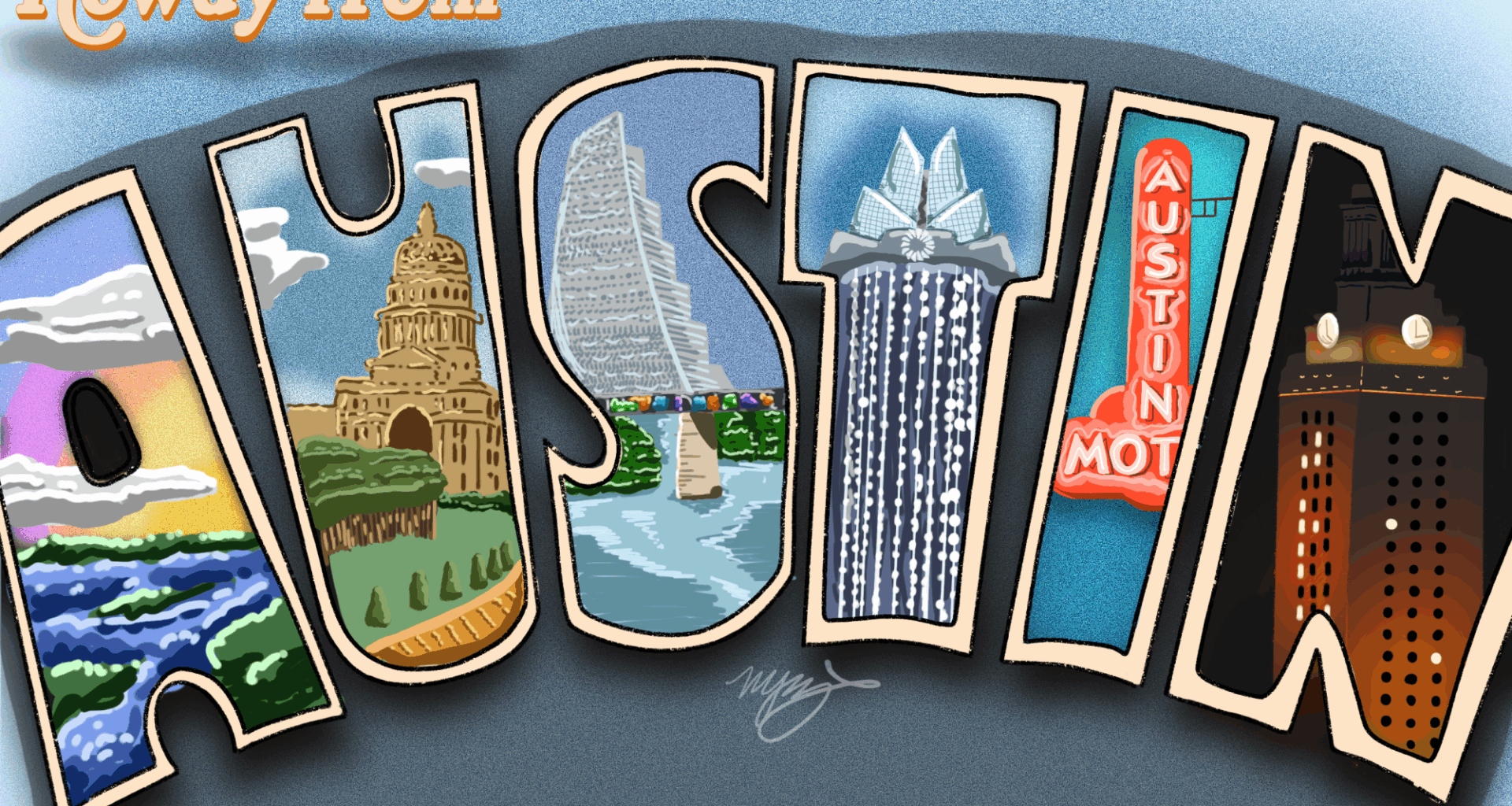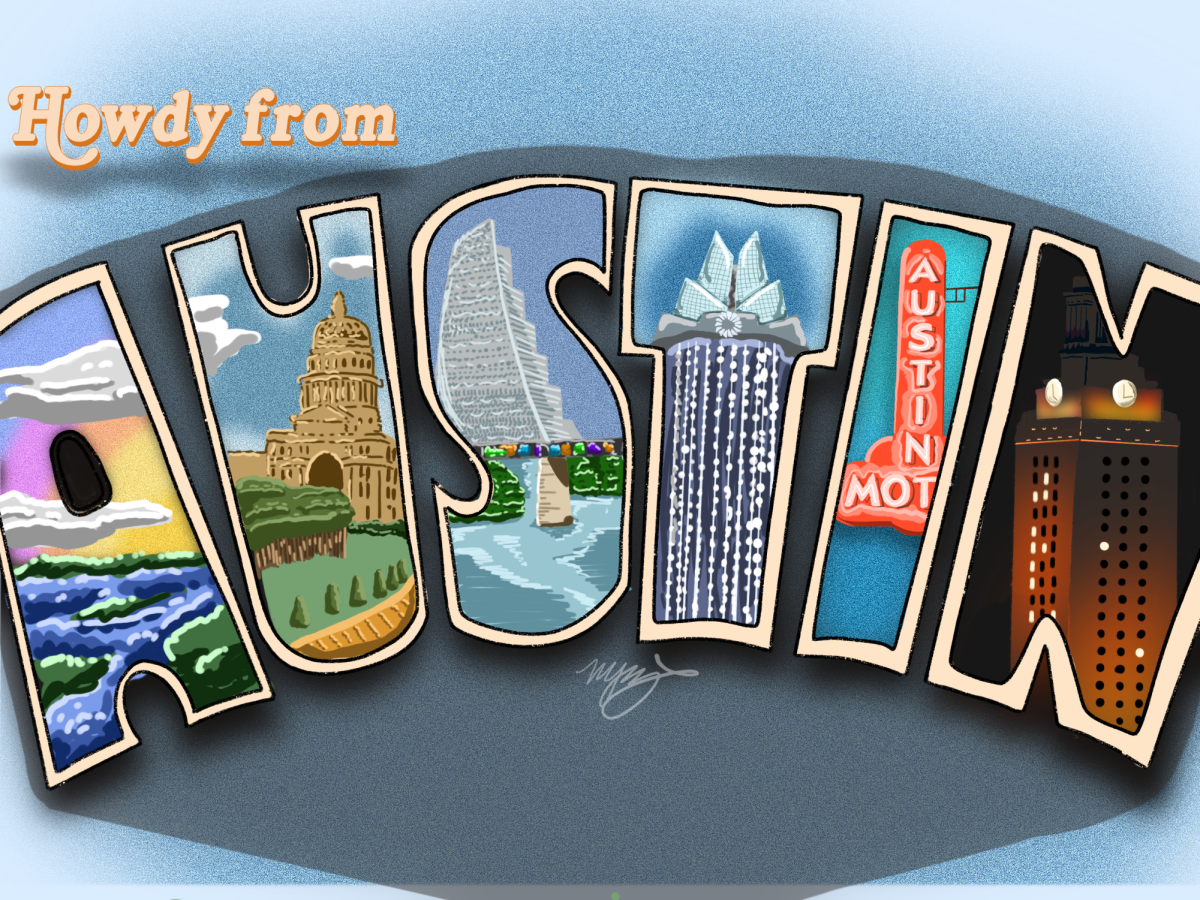Austin’s record-breaking growth is reshaping what it means to be a UT student. The same tech boom that brought national attention and economic opportunity to the city has also made it one of the least affordable places for people to live. As the city evolves, students find themselves both beneficiaries of new possibilities and victims of rising costs.
For many, these changes can bring about new opportunities. Austin’s tech sector has turned the city into a magnet for innovation. Following an increase in tech workers in recent years, Austin ranked fifth in the 2024 ‘Scoring Tech Talent’ list by the Coldwell Banker Richard Ellis group, or CBRE, a large real estate and investment firm. That surge has brought students easier access to internships, startups and industries.
However, the same forces driving those opportunities are also making life harder for students to stay afloat. As Austin grows, it’s becoming increasingly difficult to afford. A city housing report found that student rentals charge more for the rent per square foot than conventional apartments. Additionally, in neighborhoods closest to UT, rents rose 38% between 2012 and 2017. This trend hasn’t slowed, even as new buildings rise across West Campus and students scramble for affordable housing for the following year. The rise in housing costs in the area results in students moving farther out, commuting longer distances and juggling more jobs just to stay enrolled.
The foundation for that development traces back to Austin’s University Neighborhood Overlay, a zoning reform adopted in 2004 which changed what could be built in West Campus. Before then, height and density limits made large-scale student housing nearly impossible.
“For many years (it was) basically impossible to build apartment buildings over there,” economics professor Tom Wiseman said. “Those restrictions were relaxed, and now there’s been a big construction boom, so many more students live close to campus because of the change in zoning restrictions in West Campus.”
The policy encouraged mixed-use and high-rise developments, reshaping the area into the dense student neighborhood it is today, but it also concentrated affordability challenges. Jake Wegmann, faculty member in community and regional planning, said preventing the development led to increased expense for existing housing.
“The choice isn’t cheap versus expensive,” Wegmann said. “The choice is (to) put money into an existing apartment complex, (which) increases the rent, … or tear down the building. … A big building has more of a shot of being somewhat affordable than a small building does.”
While this isn’t new, as Austin’s affordability crisis has been building for more than a decade, the effects are no longer dismissible. Rent costs that once shocked upperclassmen are now normal for freshmen. The same streets that defined the UT college experience for generations are slowly becoming unaffordable to the very students who fill them.
Some argue that this is the price of progress. Austin’s growth creates jobs, culture and tax revenue — the same qualities that make the city worth living in. Growth has kept Austin dynamic, giving students exposure to industries and experiences that rival any major city. But, the tech boom is currently slowing, with small declines in employment last year. Even if expansion steadies, the consequences of unchecked growth linger. The Dallas Federal Reserve noted that housing affordability in Austin has sharply declined as prices outpace income. Students feel that impact firsthand, often without enough support.
UT should formally assess how Austin’s expansion impacts its students through housing costs, commute times, mental health and retention. That information can help provide action, from new financial aid tied to local rent trends to university partnerships that prioritize affordable student housing near campus.
“You can’t stop a whole dynamic city neighborhood from changing,” Wegmann said. “(But) there are all kinds of things that the city and UT should do to maximize affordable housing for students at UT who need it, but just preventing the neighborhood from changing is not the thing that is going to make that happen.”
Austin has been defined by its reinvention, but the city’s evolution shouldn’t leave behind students. If UT and Austin want to preserve that identity, they need to invest in a future where students can live, learn and belong. Growth should include those who built the community that defines it.
Vazquez is a journalism sophomore from Monterrey, Mexico.


